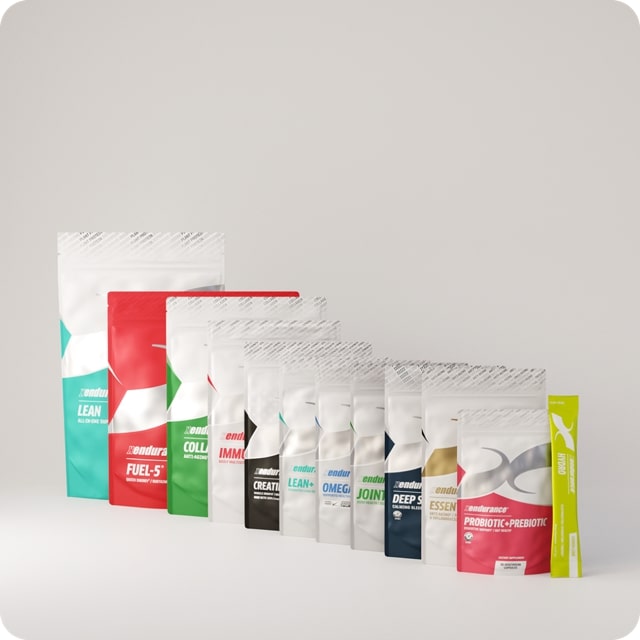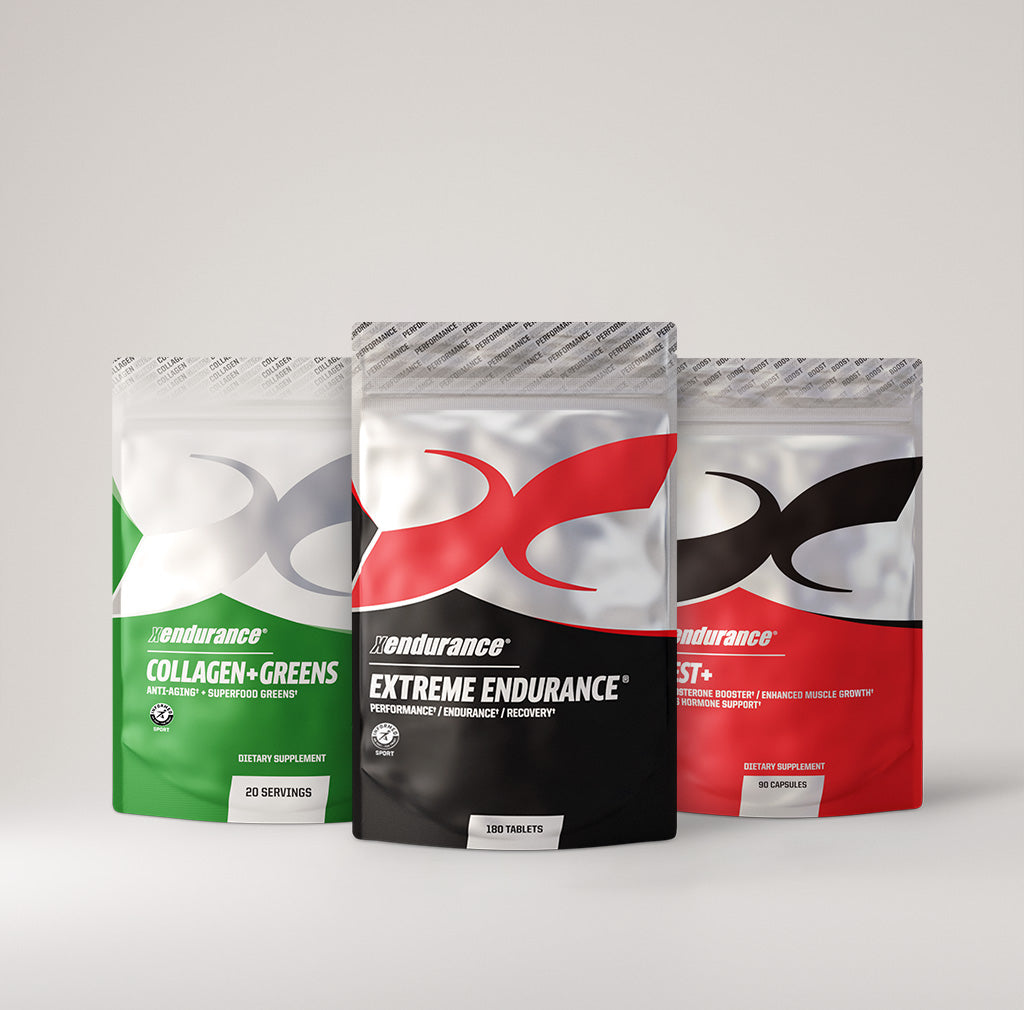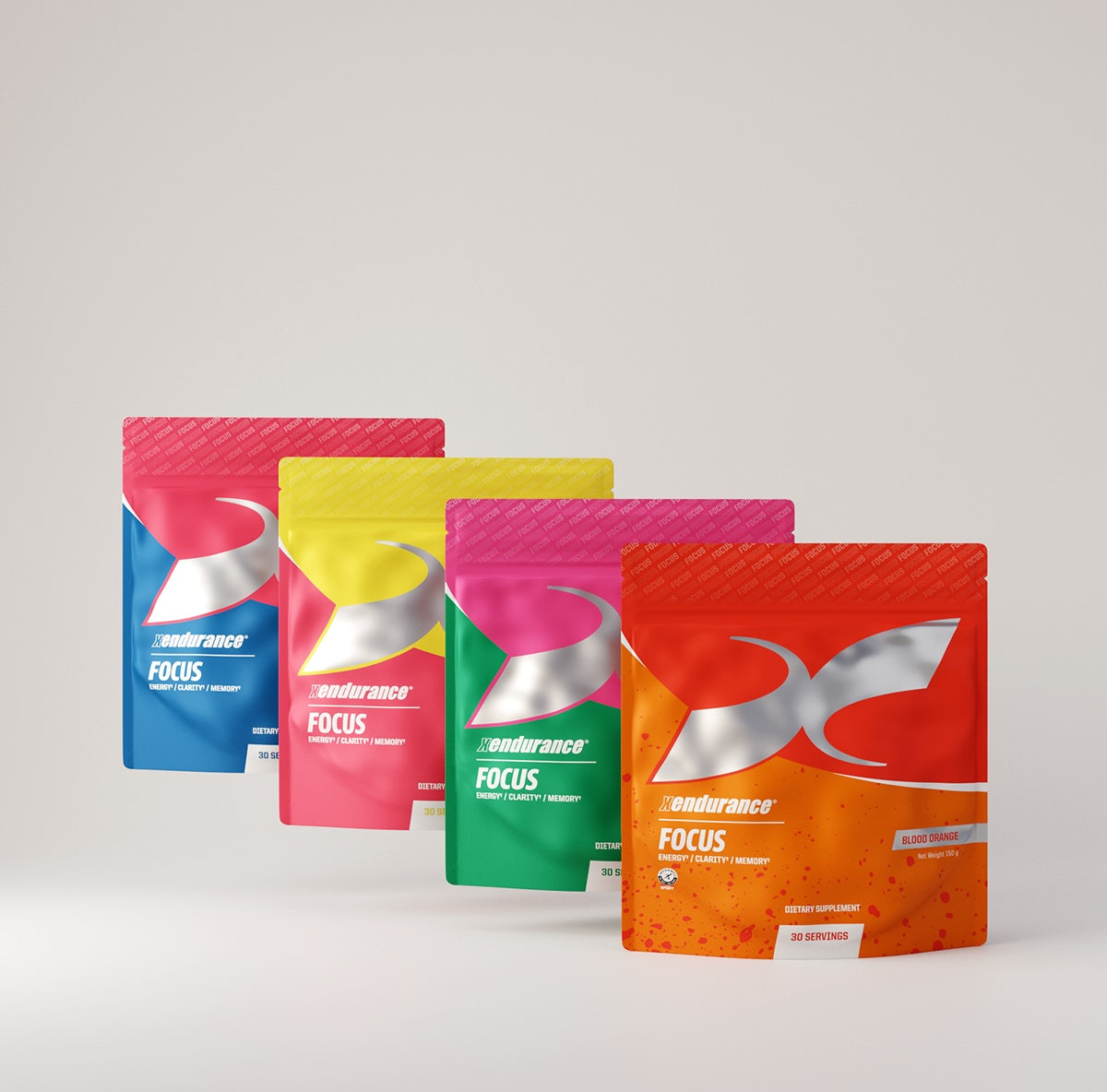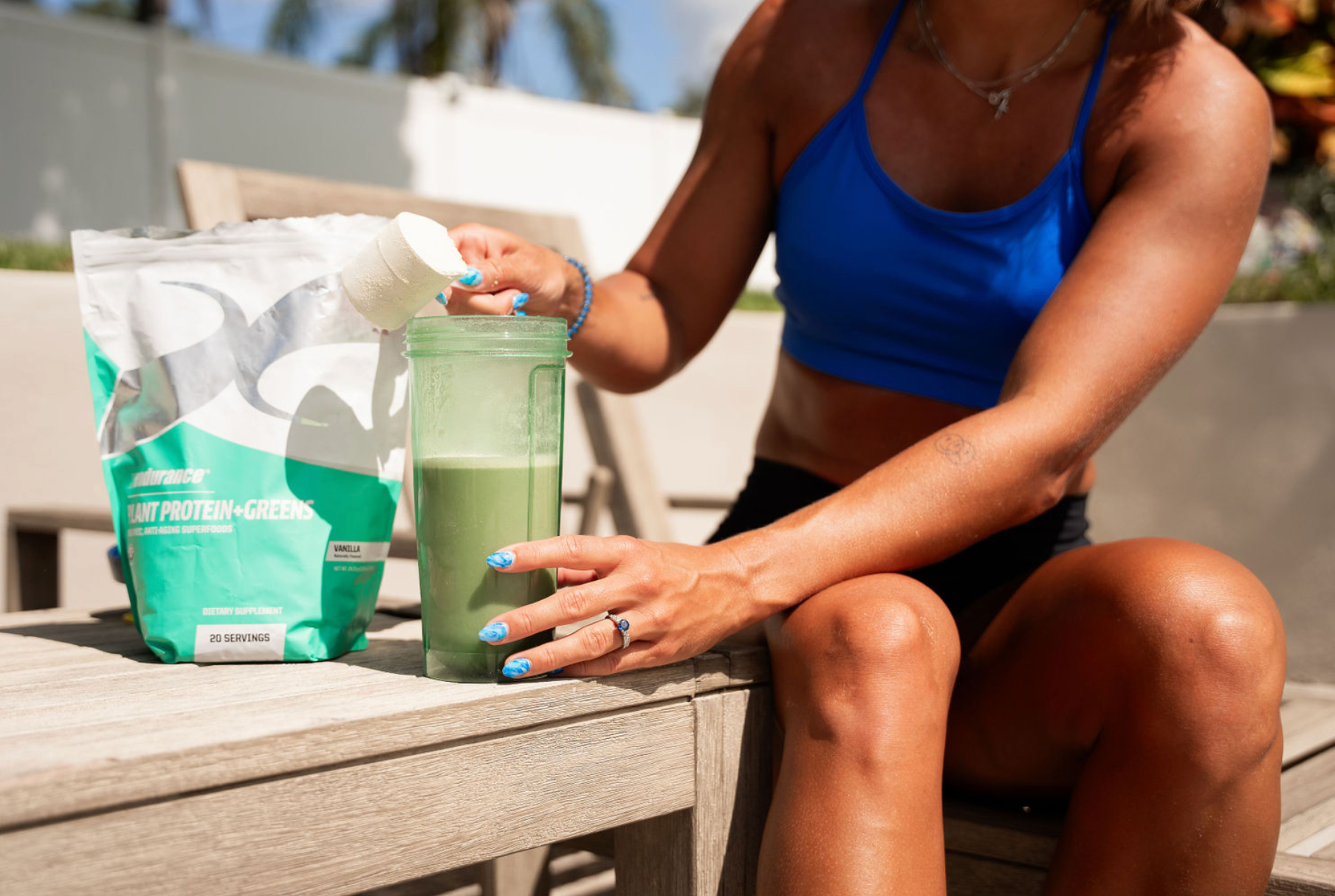Imagine biting into a crisp apple, expecting that burst of natural goodness to fuel your body with vitamins and vitality. Now, picture this: That same apple might be delivering far less nutrition than the ones your great-grandparents enjoyed. Sounds like a plot from a dystopian novel, right? But it's the harsh reality of modern agriculture, where soil depletion is quietly undermining our food supply. Over the decades, intensive farming has stripped the earth of essential minerals, leading to produce that's bigger and prettier but nutritionally hollow. Is this just a scare tactic, or are the foods we eat today truly inferior?
Unearthing the Roots: The History and Causes of Soil Depletion
To understand why our veggies are losing their vim, we need to dig into the dirt—literally. Soil depletion isn't a new phenomenon; it traces back to the dawn of agriculture. But the Industrial Revolution supercharged it. In the early 20th century, farmers began relying on synthetic fertilizers to boost yields, focusing on macronutrients like nitrogen, phosphorus, and potassium (NPK). These chemicals make plants grow fast and tall, but they overlook the micronutrients—trace elements like zinc, selenium, magnesium, and iron—that plants need to synthesize vitamins.
Fast-forward to today: Monocropping, where the same crop is planted repeatedly without rotation, exhausts specific nutrients. Add in soil erosion from heavy machinery, pesticide runoff that kills beneficial microbes, and you've got a perfect storm. According to the United Nations' Food and Agriculture Organization (FAO), about 33% of global soils are moderately to highly degraded. In the U.S. alone, topsoil is eroding 10 times faster than it can be replenished. This isn't abstract—it's why a carrot from 1950 packs more punch than one from 2025.
Studies paint a vivid picture. A landmark 2004 analysis by Donald Davis at the University of Texas reviewed USDA data on 43 common fruits and vegetables from 1950 to 1999. The findings? Significant declines in six key nutrients, including vitamins. Riboflavin (vitamin B2) dropped by 38%, vitamin C by 15%, and iron by 15%. Similar trends emerged from British food tables comparing 1930 to 1980, showing up to 50% losses in some minerals. The Kushi Institute's 1975-1997 study echoed this, noting that you'd need to eat multiple servings of modern produce to match historical nutrient levels. Critics argue that factors like earlier harvesting for shipping or breeding for yield over nutrition play a role, but soil health remains the core culprit. Depleted soils simply can't provide the building blocks for vitamin-rich plants.
The Nutrient Nosedive: Breaking Down the Declines in Everyday Foods
Let's get granular with the data—pun intended. These aren't minor dips; they're systemic shifts that could leave you shortchanged on essential vitamins, even with a "healthy" diet.
Start with broccoli, the poster child for superfoods. USDA comparisons from 1950 to 2001 reveal an 82% drop in vitamin A and 24% in vitamin C. Why? Soils lacking calcium (down 64%) and iron (44%) hinder the plant's ability to produce these vitamins. Vitamin A supports vision and immunity, while C is a powerhouse antioxidant—losing them means your body works harder to stay resilient.
Carrots tell a mixed tale. Vitamin A actually increased by 39% due to selective breeding, but iron plummeted 63% and calcium 15%. Iron is crucial for oxygen transport, and its absence in soil translates to anemia risks for us. Spinach, famed for iron, shows wild variability: Levels can range from 1 ppm in depleted soils to 1,584 ppm in enriched ones, affecting precursors for vitamins like folate (B9).
Tomatoes, a staple in salads and sauces, have seen vitamin C drop by up to 30% from 1975 to 1997. In regions like Georgia with eroded soils, calcium is 250% lower than in nutrient-rich Indiana, impacting vitamin synthesis and leading to weaker immune responses. Apples follow suit, with vitamin A declining 21% on average, alongside diminished iron and magnesium—trace elements vital for energy and muscle function.
Fruits aren't spared: Oranges now require eight to match the vitamin A of one from 1950, per Davis's study. Wheat, a global grain giant, shows reduced riboflavin, with iron, magnesium, and calcium also fading due to over-farming. Rice and corn exhibit similar patterns, with overall nutrient drops around 15%, as noted in a 2018 meta-analysis in Science Advances. These grains form the base of many diets, so their depletion amplifies global malnutrition risks.
Not all news is doom and gloom—some nutrients hold steady, and elevated CO2 from climate change might enhance certain antioxidants. But the consensus from over 100 studies? Average declines hover at 5-40%, with vitamins hit hardest in vegetables and fruits. The takeaway: Your plate might look full, but it's often nutritionally sparse.
The Health Fallout: How Soil Depletion Sneaks Into Your Daily Life
So, what does this mean for you? Subtle vitamin shortfalls don't scream "emergency," but they accumulate like interest on a bad loan. Chronic low levels of vitamin C can weaken collagen production, leading to slower wound healing and fragile skin. B vitamins like riboflavin are energy converters; their dip might explain that mid-afternoon slump despite eating "clean." Iron and magnesium deficiencies from depleted produce contribute to fatigue, muscle cramps, and even mood dips—hello, unexplained irritability.
On a broader scale, immune function takes a hit. Vitamins A, C, and E are frontline defenders against infections, and their decline correlates with rising global susceptibility to colds, flu, and chronic issues. A 2020 study in Nutrients linked soil depletion to increased deficiency rates, even in developed nations. Athletes and busy professionals feel it most—training hard on subpar fuel leads to longer recovery times and frequent illnesses. Kids and the elderly, with higher nutrient needs, are particularly vulnerable.
Factor in lifestyle: Processed foods exacerbate the issue, and not everyone has access to organic or regenerative farms. Even if you do, global supply chains mean your "local" produce might hail from depleted foreign soils.
Why Multivitamins Are Your Prudent Shield in a Depleted World
Enter multivitamins: Not a fad, but a strategic supplement to plug these gaps. They're like a nutritional insurance policy—affordable, convenient, and backed by science for those at risk. The Harvard T.H. Chan School of Public Health notes that while whole foods are ideal, multis can prevent deficiencies in key areas like vitamins D, B12, and folate, especially amid soil issues.
Benefits abound. They support energy metabolism (B vitamins), bone health (calcium, vitamin D), and antioxidant defense (vitamins C, E). For immunity, they're gold—boosting white blood cell production and reducing infection duration, per a 2019 Annals of Internal Medicine review. Long-term use correlates with lower chronic disease risks, like heart issues and cognitive decline.
Who needs them? Everyone, but especially vegans (for B12), athletes (for recovery), and those over 50 (for absorption dips).
Choosing wisely matters. Skip cheap synthetics; opt for bioavailable forms with third-party testing. This is where Xendurance's Immune Boost shines—a premium multivitamin tailored for robust health.
Spotlight on Xendurance's Immune Boost: A Game-Changer for Nutrient Replenishment
If you're sold on multis but overwhelmed by options, consider Xendurance's Immune Boost. This isn't your average drugstore pill; it's a powerhouse formula crafted for athletes and everyday warriors alike. Packed with over 25 antioxidants, phytonutrients, and Nrf2 activators, it goes beyond basics to combat oxidative stress—the free radical damage from exercise, pollution, and yes, nutrient-poor diets.
Key ingredients include a blend of vitamins and chelated minerals (bound for better absorption), plus standouts like acai fruit, broccoli sprout, and curcumin for anti-inflammatory punch. Lutein and Zeaxanthin, in research-backed doses, protect eyes from blue light—crucial in our screen-heavy world. BioPerine® enhances bioavailability, ensuring you absorb what you ingest, unlike many competitors.
Benefits? It helps nourish cells, supports cardiovascular and anti-aging health, and assists in fortifying immunity. It’s an investment in resilience, perfectly aligned with countering soil depletion's toll.
If You Can’t Reclaim the Soil, Recoup Your Health
Soil depletion isn't reversing overnight, but you don't have to be its victim. With vitamins vanishing at rates up to 82% in staples like broccoli and oranges, relying solely on food feels risky. Multivitamins offer prudence—filling voids, boosting immunity, and enhancing life quality. Xendurance's Immune Boost elevates this, with its targeted, bioavailable formula proving a worthy ally.
Ready to fortify your defenses? Consult your doctor, grab a multi, and pair it with diverse, whole foods. Until we can get regenerative farming on everyone’s plate, this is a great option!









Leave a comment
This site is protected by hCaptcha and the hCaptcha Privacy Policy and Terms of Service apply.